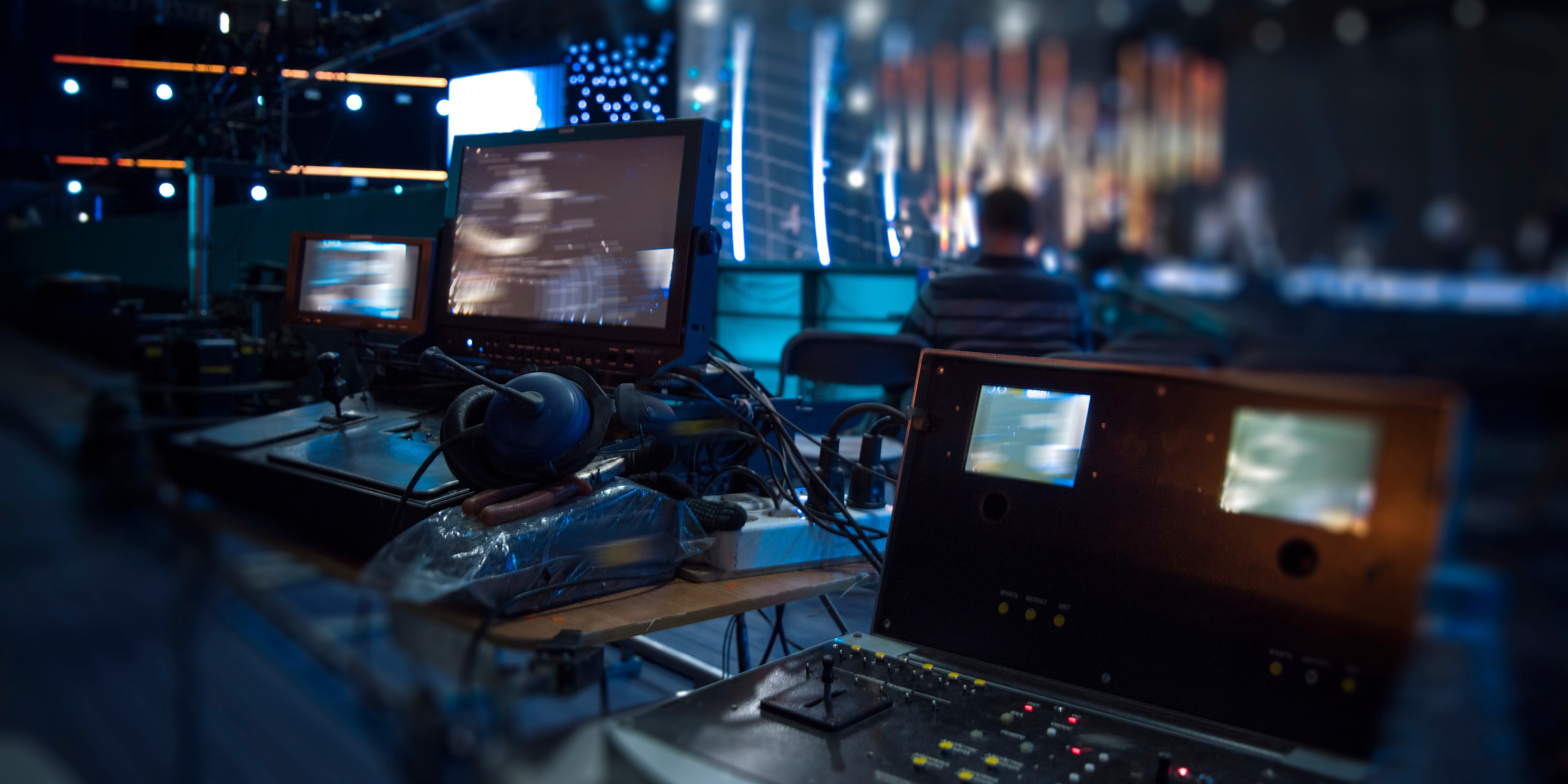Event planning can be a challenging task, especially when it comes to managing multiple performers, presentations, and logistics. To successfully keep the show running smoothly, you must rely on meticulous planning and execution.
In this blog, we will guide you through six essential steps to help you plan and execute a flawless event. From creating an event itinerary to having a backup plan, we will cover everything you need to know to ensure your next show runs without a hitch.
Whether you’re planning a concert, conference, or festival, following these steps will help you stay on track and ensure a seamless experience for your guests. We’ll also provide helpful tips and tricks along the way to help you overcome any obstacles that may arise from the plan you have created.
By the end of this blog, you will be equipped with the final tools and knowledge needed to plan and execute a successful event. So let’s get started!
Step 1: Create an event itinerary

Creating an event itinerary is an important step to keep the show running smoothly. An event itinerary should include all elements of the event, including an activities and programs timeline detailed in words, and a list of speakers and performers.
It should also include details about the location, set-up, catering, and other related running logistical elements. Having created a detailed itinerary, you will be able to ensure that the event runs according to plan and that all areas are adequately covered.
Also Read: 7 Things Every Event Planner Must Not Miss
When creating an event itinerary, it is important to consider guest needs. For example, if the event includes several speakers, it is important to provide enough time for each speaker to deliver their presentation without feeling rushed. Additionally, it is important to consider how long people will need for breaks and meals. Having a clear timeline will help ensure that everyone involved in the event knows when they need to be ready and what they need to do.
For an in-depth guide on creating the perfect event itinerary for your next event, take a look at The Essentials Of Planning An Enticing Event Itinerary.
Step 2: Have a stage manager

Having a stage manager is essential for any event that involves performances or presentations. The stage manager is responsible for ensuring that all performers and presenters are present and on time. They also coordinate with other staff members to ensure that all equipment is set up properly and that everything runs smoothly throughout the event.
Stage managers will be able to anticipate potential issues and create solutions on the spot. Additionally, they will be able to direct performers and presenters in case of any technical difficulties or last-minute changes. Having a stage manager will also help keep the event running on time by keeping track of timeslots and making sure everyone is ready when they need to be.
Also Read: 10 Aspects Of Event Planning Every Promoter Should Check In On
For a checklist of what should be in a stage manager’s arsenal, take a look at Your Essential Stage Manager Checklist.
Step 3: Rehearsals

Rehearsals are essential for any event that involves performances or presentations. Rehearsals allow performers/presenters to become familiar with the stage and equipment so they know what to expect during the actual event. They also give performers/presenters a chance to practice their performance or presentation so they can make any necessary adjustments before the actual show.
Rehearsals should take place at least one day before the actual show so there is enough time for any last-minute adjustments or changes. It is also important to leave time for breaks so performers/presenters can rest their voices or take care of any other needs they may have before the show starts.
Step 4: Allotting for extra time between segments

Allotting for extra time between segments is an often overlooked but very important step in the event planning process. During events that involve multiple speakers or performers, it is important to give them enough time between segments so they can prepare for their next performance or presentation without feeling rushed or overwhelmed. Make sure to provide enough time for transitions between different segments of the show so there are no delays or awkward pauses during the show.
When allocating extra time between segments, it is important to consider how long each segment will take and how long transitions may need to be. For example, if there are multiple presentations or performances back-to-back, it may be necessary to provide more time than if there were only one presentation/performance at a time.
Additionally, it is important to consider any unexpected issues that may arise during the show such as technical difficulties or last-minute changes in plans. Allowing extra time between segments will help ensure that these issues do not cause delays during the show.
Step 5: Anticipate unexpected situations

Unexpected situations can arise at any point during an event and can cause delays if not addressed quickly and efficiently. It is important for event organizers to think ahead and anticipate potential issues before they arise so they can be prepared with solutions if needed. Common unexpected situations include technical difficulties with equipment, changes in plans due to weather or other unforeseen circumstances, last-minute cancellations or changes in performers/presenters, etc.
Also Read: How Wireless Technology Will Lead Your Events To Success
It is important for event organizers to have contingency plans in place in case these unexpected situations arise during the show so they can respond quickly and efficiently without causing delays or disruptions in the show.
Step 6: Have a backup plan

Having backup plans in place is a step you do not want to miss. When creating backup plans, it is important to consider all potential issues that could arise during an event so you are prepared with alternative solutions if needed. You also want to begin brainstorming well before the actual show so you have enough time to prepare for any potential issues without causing delays during the show itself. For instance, backup plans should include alternative solutions for any potential problem areas such as technical difficulties or last-minute changes in plans due to weather or other unforeseen circumstances. Additionally, include alternative venues in case of any unexpected cancellations or changes in performers/presenters due to illness or other emergencies.
Also Read: Why Every Promoter Need To Keep Track Of Finances On The Day Of The Event
Following these six steps will help ensure that your next show runs smoothly without any delays or disruptions. Creating an event itinerary, having a stage manager, rehearsals, allotting for extra time between segments, anticipating unexpected situations, and having backup plans are all essential steps in ensuring your shows run according to plan. Taking these steps will help ensure your shows are successful and enjoyable for everyone involved!
You May Also Like:
How to Use RFID for On-Site Event Payments and Access Control: Benefits and Best Practices
How to Promote Your Event on Social Media: Key Tips to Build a Strong Campaign
Why Event Organizers Need To Be Aware Of The Best Innovations In Live Sound



